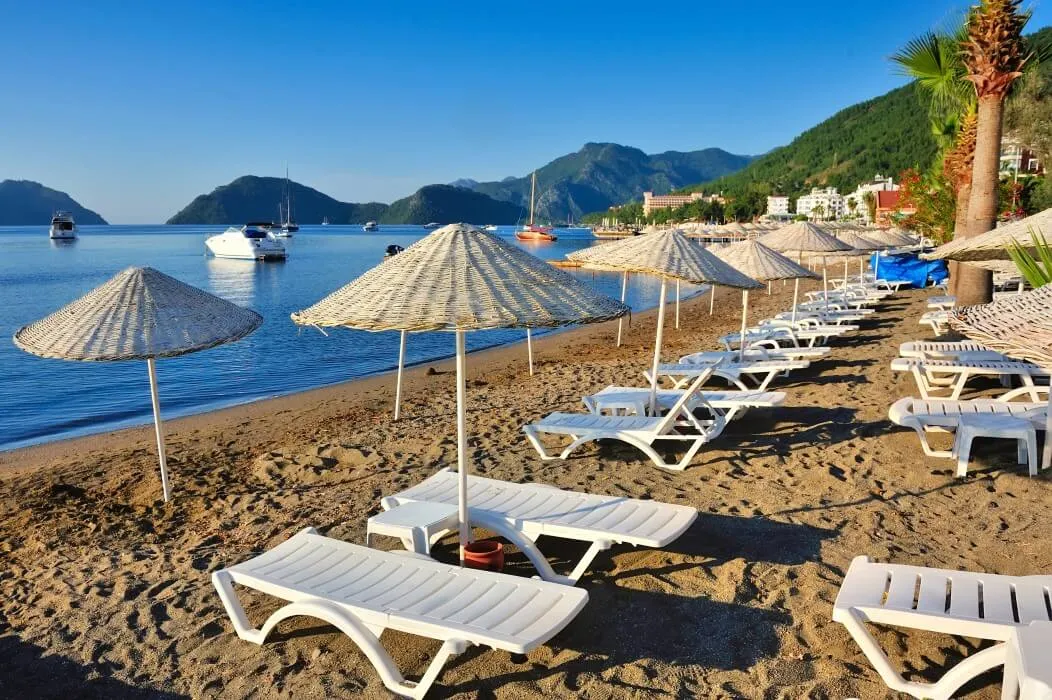
Tourism has for long mainly been a source of pleasure or a business activity with immense potential. However, to some experts it is inclining to become a geopolitical weapon. The current tense situation in the world makes maneuvers within the tourism industry on a daily basis. Never have there been so many travel bans, restrictions, etc. Not even during the Cold War, even though there are certain examples of tourism limitations in this period as well.
It is astonishing and at the same time frightening of how strong tourism can act as a weapon already and potentially become in the future. Meanwhile, there are indeed many examples to prove this point.
Cuban Travel Ban
One of these examples from the past is the Cuban travel ban connected with the embargo. The travel restrictions were imposed in 1963, and according to them, American citizens were prohibited from visiting the island. This was, however, an exceptional case of the use of tourism as a geopolitical weapon. Throughout the years the situation improved and worsened again on several occasions but eventually, on January 28, 2011, people-to-people travel was restored between the countries. This meant that any American could once again travel to Cuba legally. After that more travel restrictions were lifted between 2014 and 2016, which lead to a boom in US tourism to Cuba.
However, certain restrictions on travel still remain, and this is why a couple of days ago 55 U.S. Senators led by Sens reintroduced the Freedom of Travel to Cuba Act. This Act would eliminate restrictions on travelling to Cuba for tourism purposes. As of now, travelers from the USA fall under 12 approved categories, which include religious activities, journalistic activities, etc.
Meanwhile, President Trump is skeptical about Cuba. In the past, he stated that he would reverse Obama’s changes to Cuba policy unless the government there restores political freedom and releases political prisoners. It is unsure how the situation will develop, but Trump is expected to release a review of Cuba policies in the coming weeks.
What is certain is that further relaxation of the travel regime would be of great benefit to Cuba and USA, creating many jobs in the industry and developing the Cuban private sector and the overall economy.

Russia – Turkey Dispute
Russia’s dispute with Turkey is an example of a more recent conflict involving tourism ban and restrictions. Russia imposed Sanctions, chart flights ban and other travel restrictions in November 2015, when the Turkish military shot down a Russian fighter jet over the border of Syria.
This was a huge blow for Turkey because Russia was one of the country’s main source market. On an average, 3.5 million Russians visited Turkey every year before the geopolitical conflict broke out and as a result of this incidence, the inflow to Turkey fell rapidly. The overall number of visits to Turkey dropped by 30% to 25.3 million last year.
Antalya registered a 45% fall in foreign arrivals, as the region was hit the worst. Russian inflow collapsed by a staggering 76% to just 870 thousand arrivals. The country dropped from second to eighth in the table of the source market.
However, after more than a year of tension between the two countries, it seems that the relations are improving. In August last year, the travel ban was lifted. Last week, Russia partially restored an agreement on visa-free movement between the two countries. Moreover, Putin lifted restrictions on Turkish companies operating in Russia and ended the ban of employing Turkish workers in the country.
These improved relations have led to a slight relief for the Turkish tourism industry. In April this year, the number of foreign visitors rose for the first time since the conflict with Russia. Arrivals have increased by 18 % compared to last year, ending a streak of losses that began in August 2015. Tourism revenues in the country may increase by more than expected this year if the trend continues and experts predict a 10% increase. However, this growth needs to be taken with caution. Excluding 2016, visitor numbers in April were still the lowest for the month since 2010.
South Korea Suffering from China Travel Ban
The most recent example of tourism use in geopolitical disputes is China imposing a boycott on travel to South Korea. The travel ban was introduced on March 15, and it applies to Chinese tour groups visiting South Korea. The reason for this action was Seoul’s deployment of a US missile defense system on its territory. The USA and South Kora claim that it is only to defend the country against threats from North Korea, but China fear that this is only partly the case.
April was the first full month of the ban. It saw 227,811 Chinese tourists visiting South Korea. This is a fall of 66.6% compared to April last year. Overall this rapid decrease of Chinese inflow has led to a decline of 27.2% total visitors.
Meanwhile, duty-free shops in South Korea are also struggling due to recent developments. This is obviously a huge blow for South Korea, which has been establishing itself as a top destination for Chinese tourists since 2014.
One of the destinations that had a bad hit on the geopolitical situation is the volcanic island Jeju, 90km off the coast of the Korean Peninsula. The island has seen the impressive growth of Chinese tourists in the past decade, reaching more than 3 million in 2016. But with the cancellation of direct flights and Chinese cruise ship ban, the number of daily Chinese tourists on the island has fallen by as much as 80% compared to the same period last year. As a result, hotels, restaurants and other tourism facilities are suffering economically. But residents of the island see it as a “blessing in disguise” that could help Jeju to re-orientate itself to another source market.
The long-term effects of the travel ban and other restrictions remain to be seen. In the past, political tensions between Asian countries had short-term effects, and the market has been driven mainly by economic and tourism fundamentals. But considering the strength and capacity of the market involved, the situation could develop differently. As of now, it is sure that South Korea will seek to diversify its tourism orientation. Marketing efforts are to be strengthened in Southeast Asia, the Middle East, and throughout the Americas.










